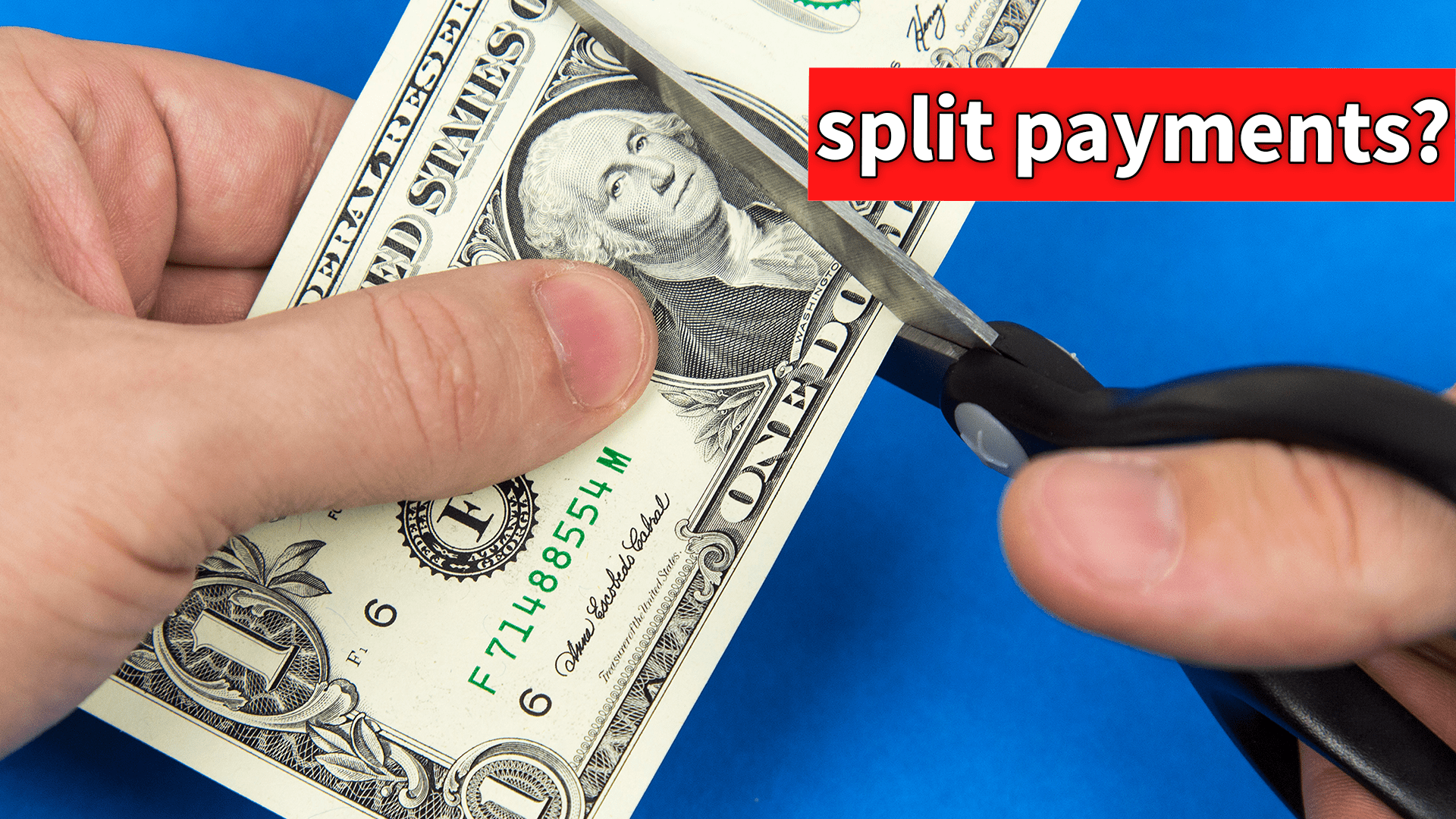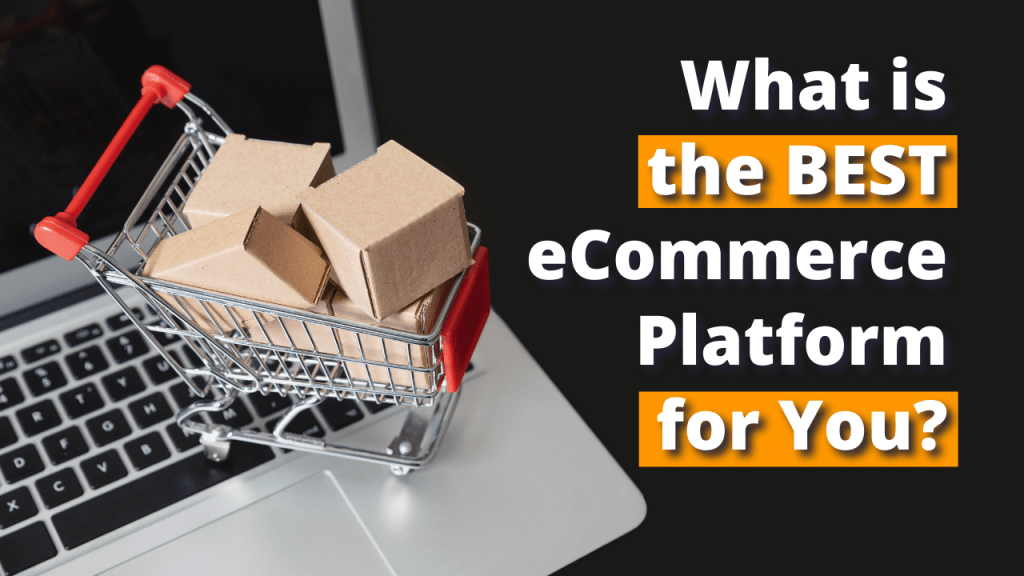Store owners in the eCommerce industry face challenges when it comes to offering flexible payment options such as payment plans and installments to their customers. Without these functionalities, store owners miss out on potential sales and struggle to adapt to changing economic conditions.
What’s more, as customers face financial constraints, the inability to split payments or pay in installments hinders their purchasing decisions and may lead to abandoned carts.
In the current economic climate, many individuals cannot afford large purchases outright due to layoffs, furloughs, or financial limitations. This situation creates a significant challenge for eCommerce store owners who must find ways to accommodate their customers’ financial constraints and increase conversions.
These options aren’t available on popular eCommerce platforms like Shopify or BigCommerce, which is a big problem for store owners and customers. If you want to add Shopify split payments or BigCommerce “buy now, pay later” features to your website, you’re going to need a custom development.
Fortunately, at Optimum7, we have experience adding Shopify installment payments and flexible Bigcommerce payments to hundreds of websites.
Let Your eCommerce Customers Shop Now and Pay Later
Payment plans and installments are not new. For example, department stores have been offering layaway plans for decades, allowing customers to reserve items and pay for them over time.
Brick-and-mortar stores use them for people who can’t afford six-hundred-dollar barbecue grills or eight-hundred-dollar engagement rings.
If this type of payment option has been around for so long, why are eCommerce stores slow to add payment installments and split payments to their Shopify or BigCommerce platforms? You as an eCommerce business owner can adapt to these economic times and increase your conversions. The solution is providing some of these functionalities for your users rather than manually responding to every split payment request.
Increasing Sales For eCommerce by Offering Consumer Financing
Another relationship has changed. eCommerce stores must accommodate the consumer now. Before, the eCommerce brand held all the power. Now the gears have shifted to give the consumer control over the buying process.
Let’s consider one industry that found success implementing this functionality: cruise lines. Carnival Cruise Lines were able to raise their bookings by 600% during the pandemic, even though their ships were docked.
Yet their customers planned trips. The trick? Carnival implemented a “pay over time” payment method. This allows customers to pay in installments and split into cards.
“Pay over time” is a layaway solution combined with an affirm functionality. This is related to your credit check. You pay over time with no interest or a minimal amount. There are tools that you can integrate and all these solutions use API so they can be implemented.
Split payments involve multiple credit or debit cards. A consumer has different reasons for making this choice. You might not have enough credit on one credit card or line of credit. Or maybe you’re buying it as a group. Religious and nonprofit organizations like split payments because they want to split it into different types of cards.
These are the types of functionalities we see gaining popularity. Over the next two years, we will see more and more requests from eCommerce customers asking to be able to pay in multiple installments or split credit cards and payments.
Increased Conversions and Decreases Abandoned Carts
There is sometimes a jump of 5 to sometimes even a 10 percent increase in conversion rates. But tracking conversions will become a little more complicated, because the transactions are different.
From that initial checkout where that individual doesn’t necessarily have that item yet, doesn’t have that product yet, nor have they fully completed that payment, so tracking conversions are going to be a little bit different, but at least the initial checkout conversion rate will increase.
Do Flexible Payment Options Make Sense for Your Website?
Platforms also vary at the checkout stage for customers. This is pretty straightforward for hosted carts, like Volusion, 3dcart, Miva, Shopify, and BigCommerce. The same goes for open-source platforms like Magento and WooCommerce.
With enterprise, however, payment gets complicated. What are your criteria for the method of payments and margins? Is there an average order volume?
Look at your average price point and then your average order value. If your average order value is over $500, then consider customized payment functionality.
People may be able to still stomach a $300 or $400 payment. If your average order value is over $500, however, you need to look at either a layaway solution, split payment, or any type of installment payment.
How Do We Create Flexible Payment Options on Shopify, BigCommerce & other platforms?
We alter the checkout accordingly; if we have to use an alternate payment method, we split your checkout and take a percentage of a sale in the checkout process. We can also integrate BigCommerce or Spotify ACH payments. In addition, we also create the checkout “Thank You” page that actually makes this functionality possible and implement a third-party database that tracks on a per-product and per order basis, what was paid and what is owed.
Consider this scenario. A customer visits your site and wants to purchase a $1,500 product. The minimum you require for a deposit is $500. When they want to purchase that product, we charge this card $500 and then they owe you $1,000. They have the option to split that into three payments or pay the full price at their convenience.
We track that on a third-party database and reflect it through the API to your platform. It’s a workaround, but it’s a very straightforward process. We’ve done that multiple times. Maintain an inventory management system; they log when an item gets checked out, or they initiate the checkout that that item now becomes on hold. Without having that proper tracking in place, you can get into overselling or encounter other issues.
If you are tracking quantities, you’re going to need to work on that logic of holding the product. Try not to oversell, or you will get negative reviews.
If you have any questions, let us know. We’ve built these types of functionalities dozens of times for our clients. Our team will be happy to guide you in the right direction for proper payment installments.
Need help building your eCommerce strategy?






